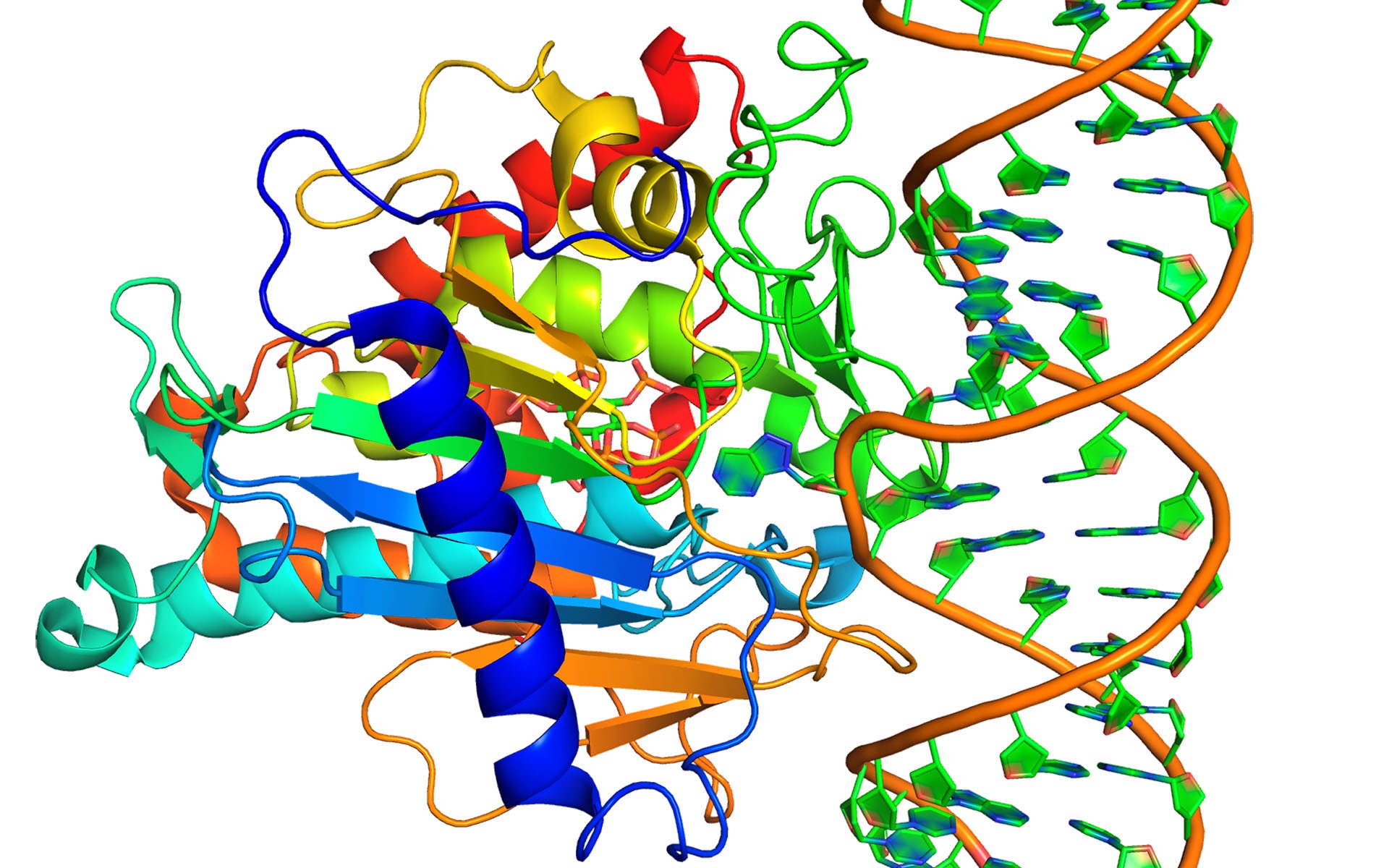New research helps us to better understand Zika
Zika may not dominate the news cycle like it did several years ago, but that doesn’t make it any less of a threat.
Biology chair and professor MARTA WAYNE, along with biology professor MICHAEL MIYAMOTO and collaborator Helen Piontkivska from Kent State University, authored a paper in BioEssays with a compelling hypothesis detailing how the Zika virus can lead to devastating consequences in the infected.
A virus primarily spread through the bite of an infected Aedes species mosquito, Zika can most prominently lead to a birth defect in the fetuses of pregnant women. This defect, known as microcephaly, causes the child to be born with a smaller head than expected and oftentimes developmental issues due to a smaller brain.
The research team explored how Zika induces neurological damage by essentially causing a person’s immune system to go haywire.

The team argues that the Zika virus infection leads to an immune response which includes dysregulation of the host’s ADAR enzymes (adenosine deaminases acting on RNA), altering the expression of key proteins for neuronal function in both infants and adults.
“ADAR is something that our bodies have to defend against viruses,” Wayne said. “But if it’s dysregulated, it also has other functions in the absence of virus, which includes things like making the correct edits to RNA in the brain. If those don’t get made, or too little or too much are made, you have problems.”
These problems could include the neurodevelopmental and neurodegenerative pathologies of Zika and the often associated Guillain-Barré syndrome, a rare disorder where the body’s immune system attacks the nerves. The syndrome has been found in higher numbers in countries that experienced Zika outbreaks.
This explanation points to possible new avenues of treatment for Zika and Guillain-Barré by turning off ADAR, and potentially for understanding a number of other neurological disorders like Parkinson’s disease — pending testing.
The team didn’t expect to head down these paths when they set out to investigate Zika, but the work has now opened new areas to explore.
“(This study) highlights the value of basic research — how it’s a journey and how you don’t know where this journey will take you,” Miyamoto said. “You just don’t know where you’re going to end up.”
Click here to see more stories from the Summer 2019 Newsletter.
